The L.A. Screenings 2018 in facts and figures: This 55th edition saw 84 companies exhibiting at the InterContinental hotel located in the Century City area of Los Angeles, and was comprised of a mix of indie companies and U.S. studios, representing 17 countries.
New this year was a series of conferences organized by NATPE under the banner L.A. Screenings Independents and the requirement of a $50 market badge to access all the NATPE-sponsored activities, including the summit, networking breakfast, and the indie opening party. This fee was introduced for the first time this year, causing some confusion (since no fee has ever been required before). It should be noted that last year, Isabella Marquez, who coordinates the indies’ hotel reservations at the InterContinental, got some participants to register for a free nametag badge.
Considering that the InterContinental (IC) hotel was sold out (for both the exhibition suites and the ground floor tables) this year, there is a growing fear that the hotel might soon outgrow the independent portion of the event. That fear could be mitigated by the expected consolidation and changes in the industry. Also, the sell-out could be traced to NATPE’s aforementioned involvement. Additionally, the indie portion of the L.A. Screenings was a success like never before seen in recent years, attracting large delegations of Chinese and Moldovan buyers, in addition to the traditional LATAM acquisition and programming contingents.
The daily screenings were held, as usual, at the studio lots by CBSSI, Disney, Fox, NBCUniversal, Sony, and Warner Bros. There were also special screenings hosted by eOne, Lionsgate, Sonar, Paramount, HBO, and Telefe/Viacom.
It was an event rich with a total of 10 parties, starting with those thrown by NATPE, Disney, and MGM. Telefilms combined its general screenings with its traditional cocktail event, and Fox gave two parties: one a farewell salute to retiring LATAM sales veteran, Elie Wahba, the other the L.A. Screenings closing bash. Studios that did not have general parties on their lots hosted selected groups of buyers at studio executives’ homes or at restaurants.
The event, which lasted 12 days, started on May 14, and, as usual, was comprised of three sections: The Canadian screenings, May 14-23, which culminated with the so-called “deal night” on May 22; the LATAM portion, which ended on May 17, the day that the U.S. broadcast TV networks finalized their pilot selections during the “Upfronts” in New York City; and the studio general screenings, which took over content buyers’ time from early mornings to mid-afternoons each day.
The number of buyers varied once again from 1,500 to 2,000 depending on the studio, and represented 60 countries. Reporters observed that large venues, like the Paramount Theatre for CBS (which seats 516) and WB’s Steven J. Ross Theater (which seats 516), were filled to capacity with buyers at every single screening.
It is also interesting to note the studios’ different personalities in terms of how lunches were served (sit-down or buffet), what beverages were on offer (some had wine and some didn’t), and which had talent from their new series mingling among buyers. Two studios also picked up on VideoAge’s suggestion and offered up blankets to keep buyers warm in the freezing screening rooms (some buyers were seen carrying the same blankets at other studios). Some studios even displayed photos of buyers from last year’s edition of the L.A. Screenings on their giant screens.
While NATPE is reshaping the indie side of the L.A. Screenings, technology is making the studio portion of the event more complicated: Downloadable bar codes were necessary to clear many of the studios’ security personnel; getting the apps to access information was a nuisance; as were needing links to get directions; log-ins to get pilot synopses, and so on. This is in addition to the numerous “Save the dates” received in cyberspace for parties with follow-up instructions about parking and other such information. It’s like PR Gone Wild! The Movie.
In terms of the number of new shows, the U.S. studios produced 111 pilots, of which 76 were for broadcast television, 16 were for streaming services, eight were for premium services (e.g., Showtime), and 11 were for cable (out of the 31 commissioned by cable TV networks). The broadcasters picked up 38 new series. Last year, the broadcast nets picked up 47 of the 75 pilots that had been commissioned at an average cost of $3 million each.
Despite all that happened, the L.A. Screenings 2018 might very well be the last of the Screenings that the international TV industry has grown accustomed to. The sector could see tremendous change — possibly as early as next year, and if not next year, for sure in 2020.
It is clear that the Screenings, the U.S. studios’ favorite content sales extravaganza, will continue. The question is, in what new form?
If this wave of studio consolidations fully materializes by March 2020, the Screenings could disappear for Fox and CBS (or Paramount). This is because Disney and/or Comcast-NBCUniversal are planning to absorb the studio portion (and some other assets) of Fox, and CBS and Viacom will (with some hiccups along the way) most likely be re-merged.
In the case of Fox, one of the deals will take an estimated 15 months to be finalized, followed by another year of transition. In the case of CBS, once it’s actually on its way, the deal is expected to be completed fairly quickly.
All of these changes will affect the indie portion of the L.A. Screenings, which will not be able to start at the beginning of the week of the Upfronts, but will have to be pushed two days later — assuming that Lionsgate doesn’t go through its own merger and that Sony won’t be joining in on the merger-mania.
All this means that it will be challenging for the indies to reserve their usual block of hotel rooms at the InterContinental in Century City, because they won’t know well in advance which days will work best.
Audio Version (a DV Works service)

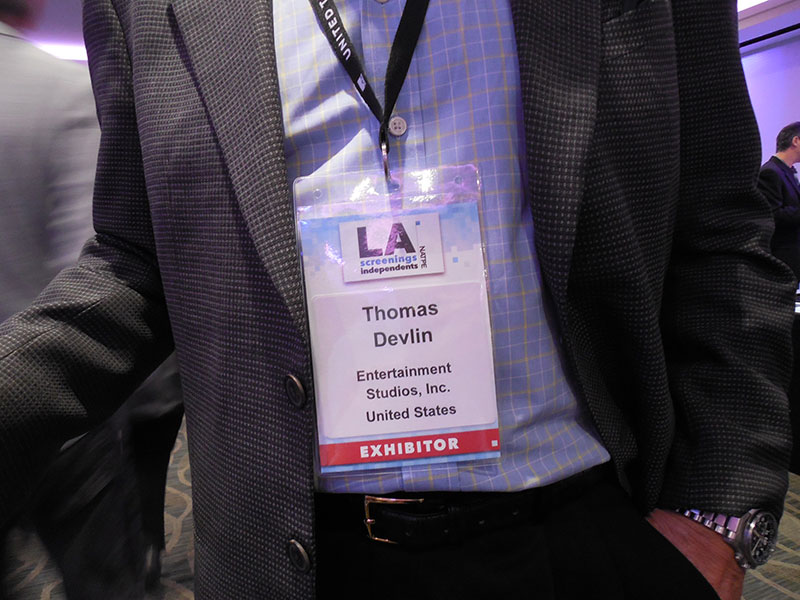
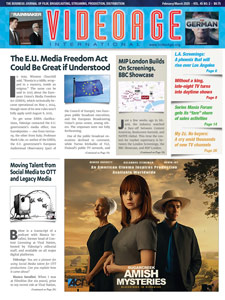

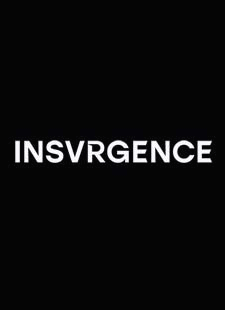

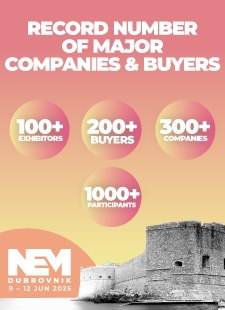


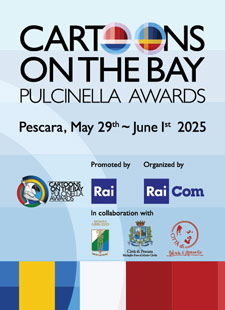


Leave A Comment